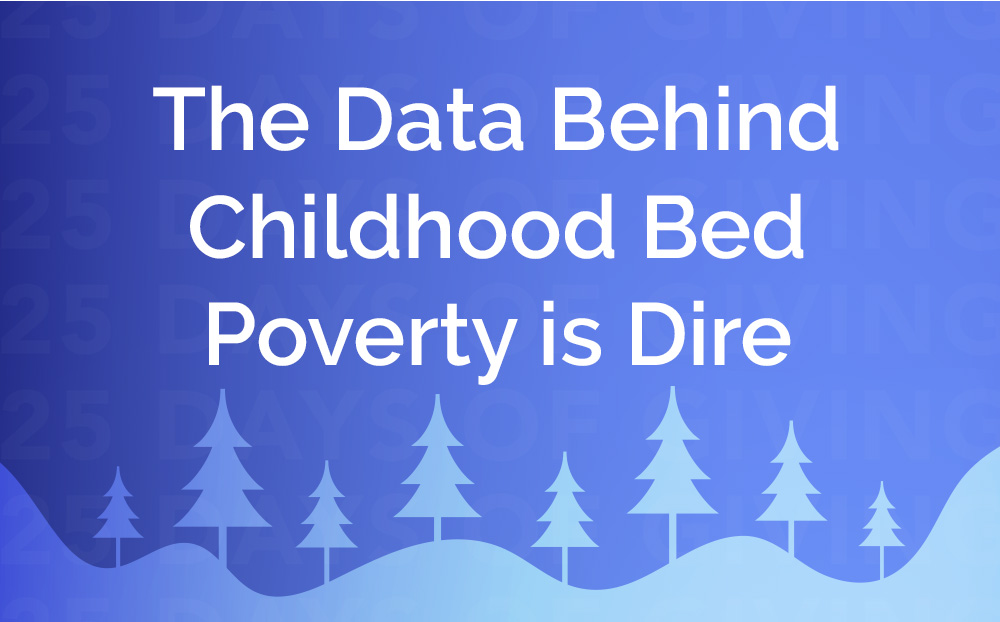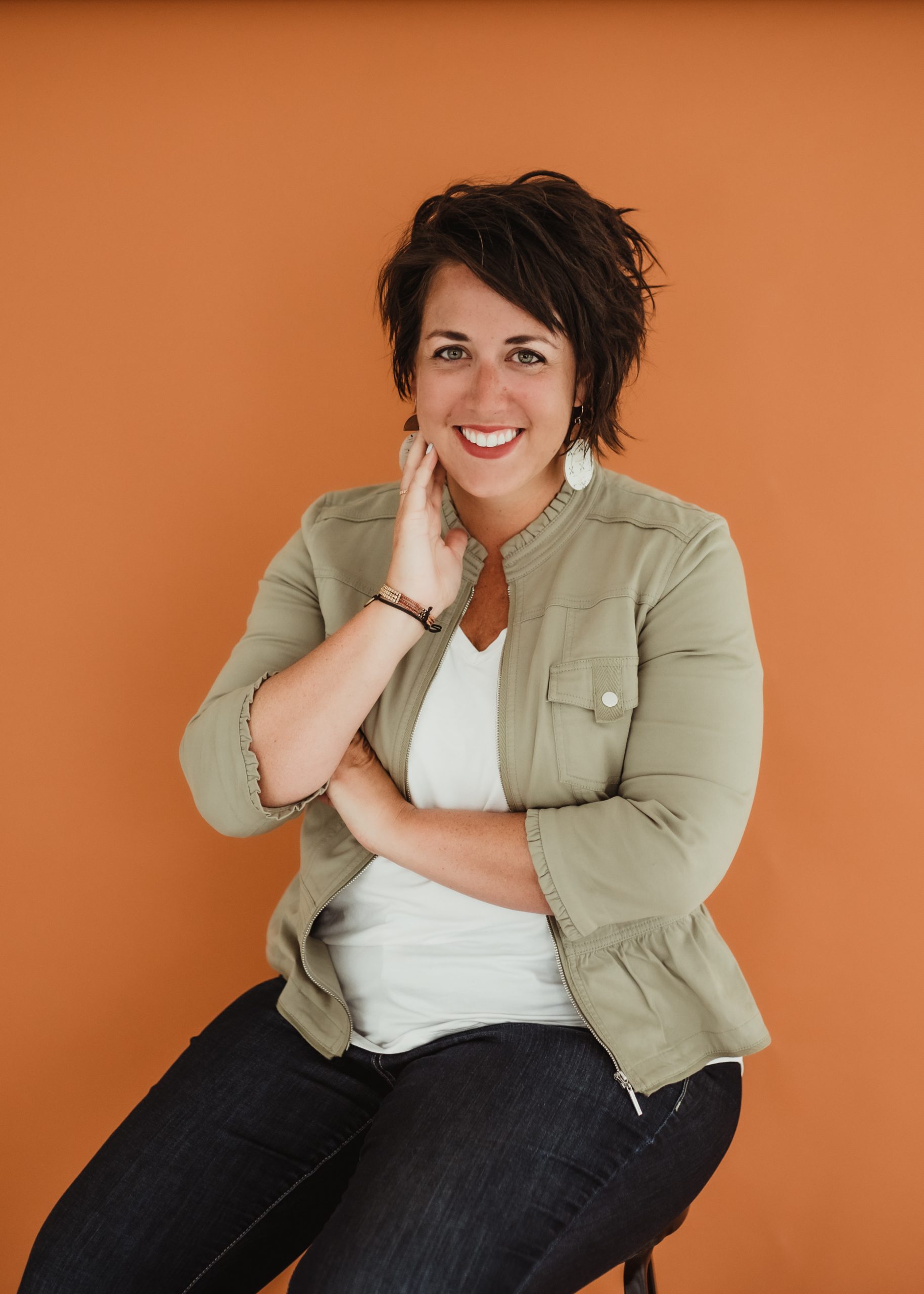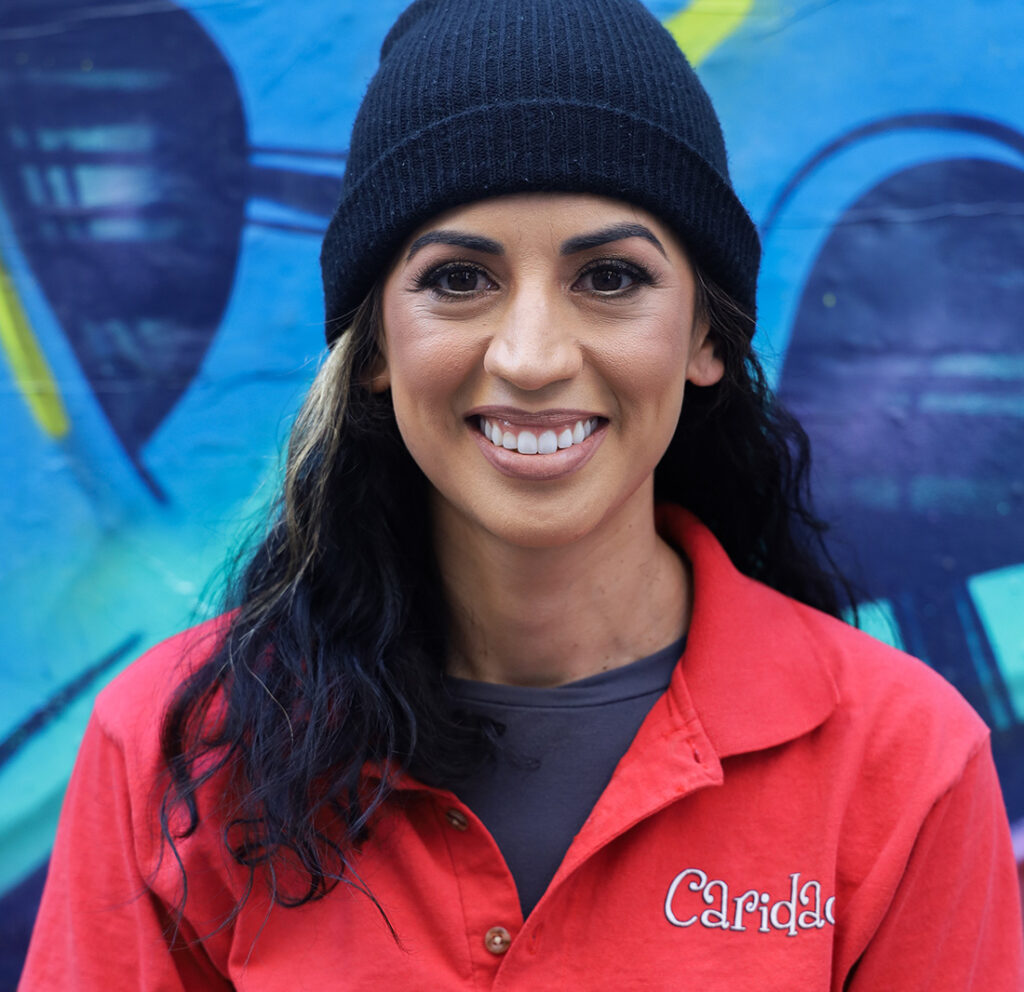
How one woman living in “bed poverty” and homelessness found a bed of her own, and is building that opportunity for others
As told to Alexandra Frost
I had the reputation of being “loose” but I was too embarrassed to tell the truth. That’s because I’d go to bars in the evening, fake being drunk, so that friends or guys would take me home with them. I’d fake sleeping on the couch, rather than “sleeping around” like people thought I was, to wake up before them, sneak food from their kitchen, and leave before they woke up. I perfected the art of picking people who lived close to work so I could get some much-needed sleep, since one of my jobs had a 4:30 a.m. start time at a coffee shop.
My name is Merideth Spriggs, and now I’m the Chief Kindness Officer at Caridad, a charity educating the public on the myths and facts about homelessness, and helping create partnerships between agencies and volunteers. I’m 45 years old and formerly homeless. I did not have a bed to call my own for a while. But let me back up.
In 2000, I got my Bachelor’s degree in Christian Education. I went on to get my Masters in 2004. But my family was the reason I lost my job, the church where I was a youth pastor also closed, and then on top of it all, the market crashed. It was 2008. I found myself living out of my car in San Diego, working two part-time jobs. My wages were garnished, and one of the jobs was minimum wage, so it just wasn’t enough.
Not having a safe place to sleep makes it hard to sleep, period. At first, I had the luxury of having a car. But even in a car, you hear every noise and jump. Being homeless in San Diego means having to set alarms to move the car and avoid parking tickets. But, without breaks to feed the meter at my job, I’d frequently get parking tickets. Humiliated that I couldn’t pay the tickets, I’d panhandle for money. Eventually, my car got towed. My license was suspended and taken, which meant I couldn’t apply for new jobs, which require ID. Some might wonder why I didn’t go to a shelter to sleep — I’d have to quit my job to do that, and I was too scared of going to a shelter, where you can’t leave before the set time in the morning. I preferred being able to work.
This is the vicious cycle of homelessness. There were a few moments of fun, though, such as playing cards, sitting out with friends, and telling stories. In fact, I promised myself and my friends that if I got out of homelessness, I’d tell their stories.
I started a third job that didn’t require a license, cleaning houses, to get more money. The lady I cleaned for had health issues, and had to be put in assisted living. She loved her cat dearly and wanted to figure out a way to be able to see it. She also didn’t want her family to tear down the house her husband built and convert it to land to make beachfront condos. So, since she trusted me, we came to an agreement. I’d live in her home, with paid utilities and a car to use. I’d bring the cat to visit her. Finally sleeping and living in a three-bedroom beachside house was amazing.
I founded the charity Caridad, with the mission in mind to change the stereotype of homelessness — we weren’t going to be a sad charity with pictures of long-bearded men. We didn’t look like the “typical” homeless person. It was simple. I wanted to “humanize the homeless.” So, even my marketing at Caridad features more cartoon-like characters, and my organization has helped connect people with essentials from socks and underwear to education alongside homeless agencies in San Diego County. Since then, my work has been recognized in People Magazine, and, in a roundabout type of irony, some churches from my former denomination have asked me to speak. I promised my friends I’d tell our stories, and do something to change it. Now I have.
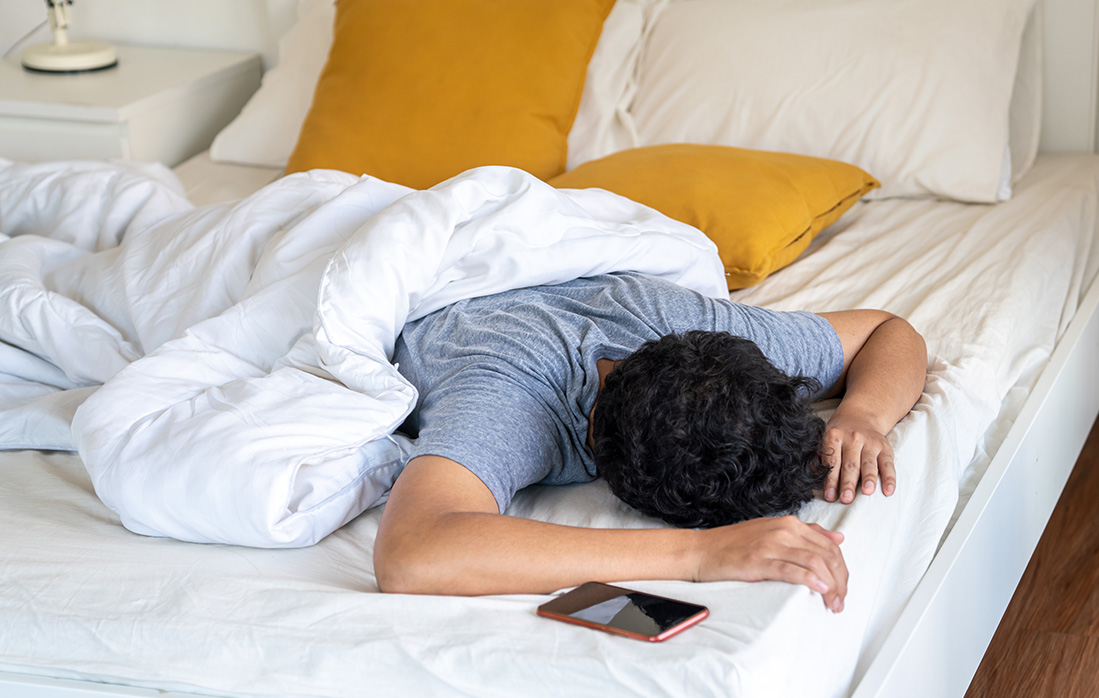
According to New Apple Watch Sleep Study, Americans REALLY Aren’t Getting Enough Sleep
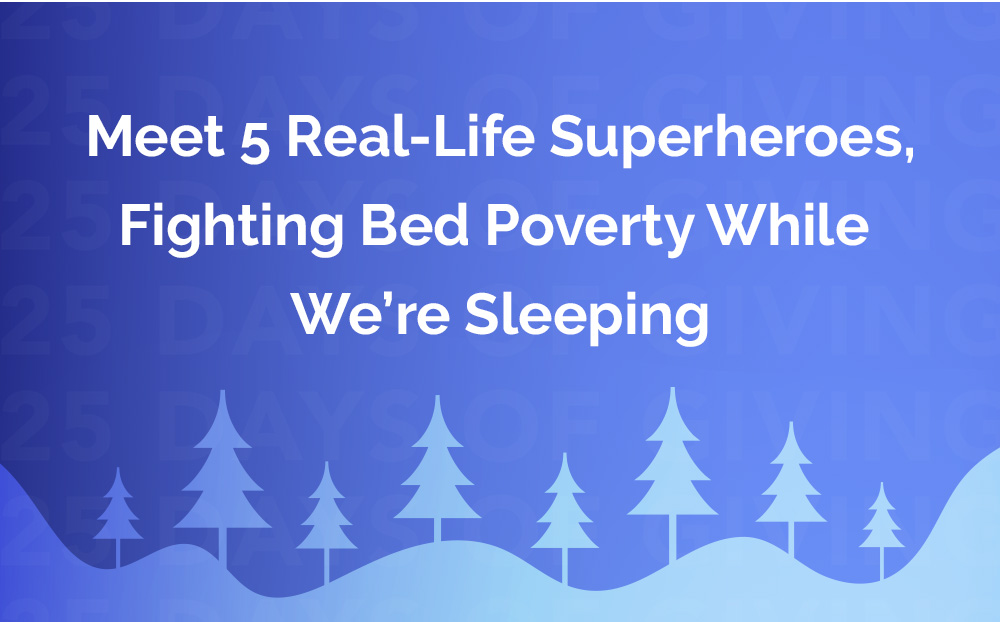
Meet 5 Real-Life Superheroes Fighting Bed Poverty, One Mattress at a Time
Sleep Statistics and Facts
